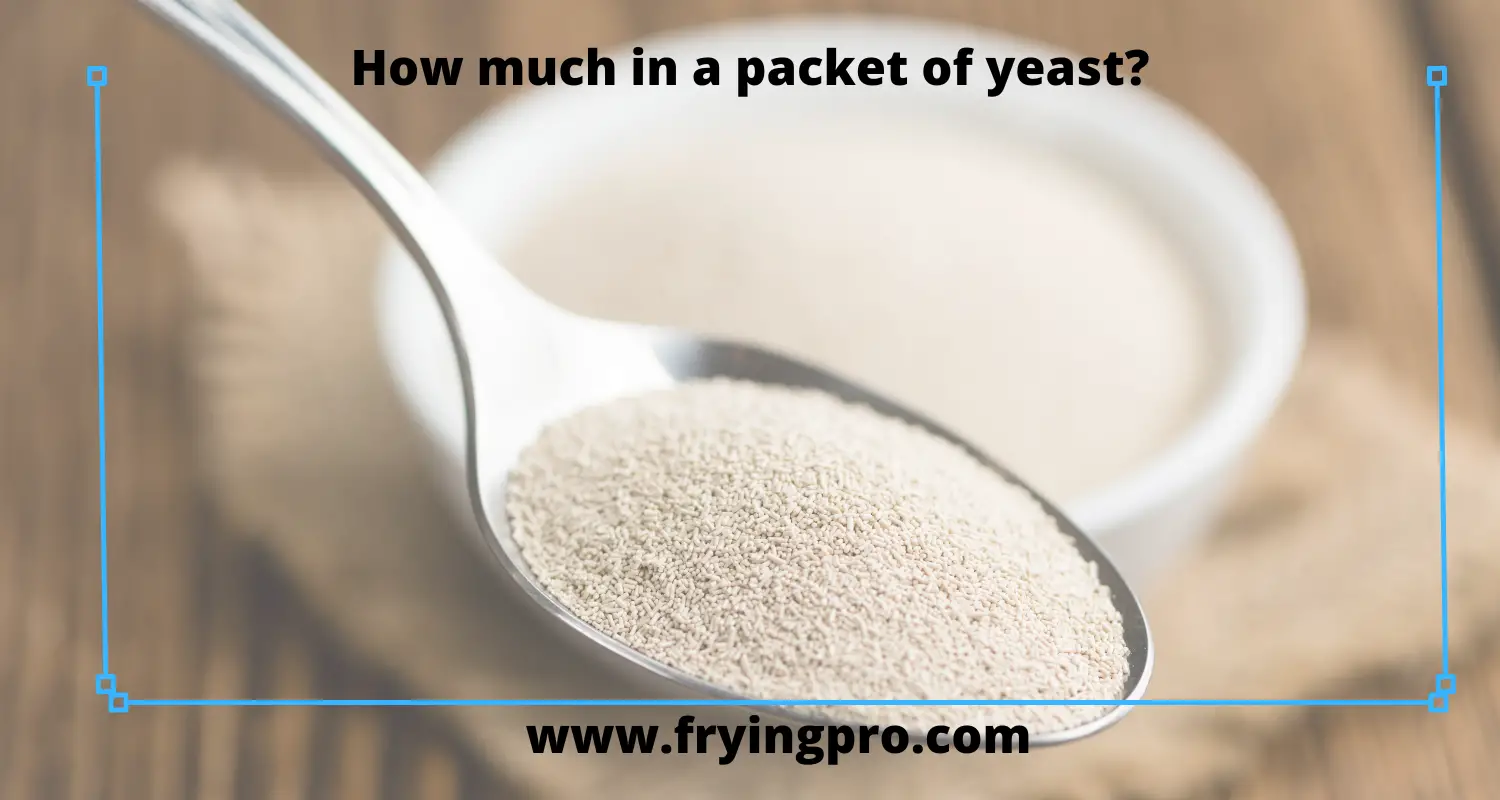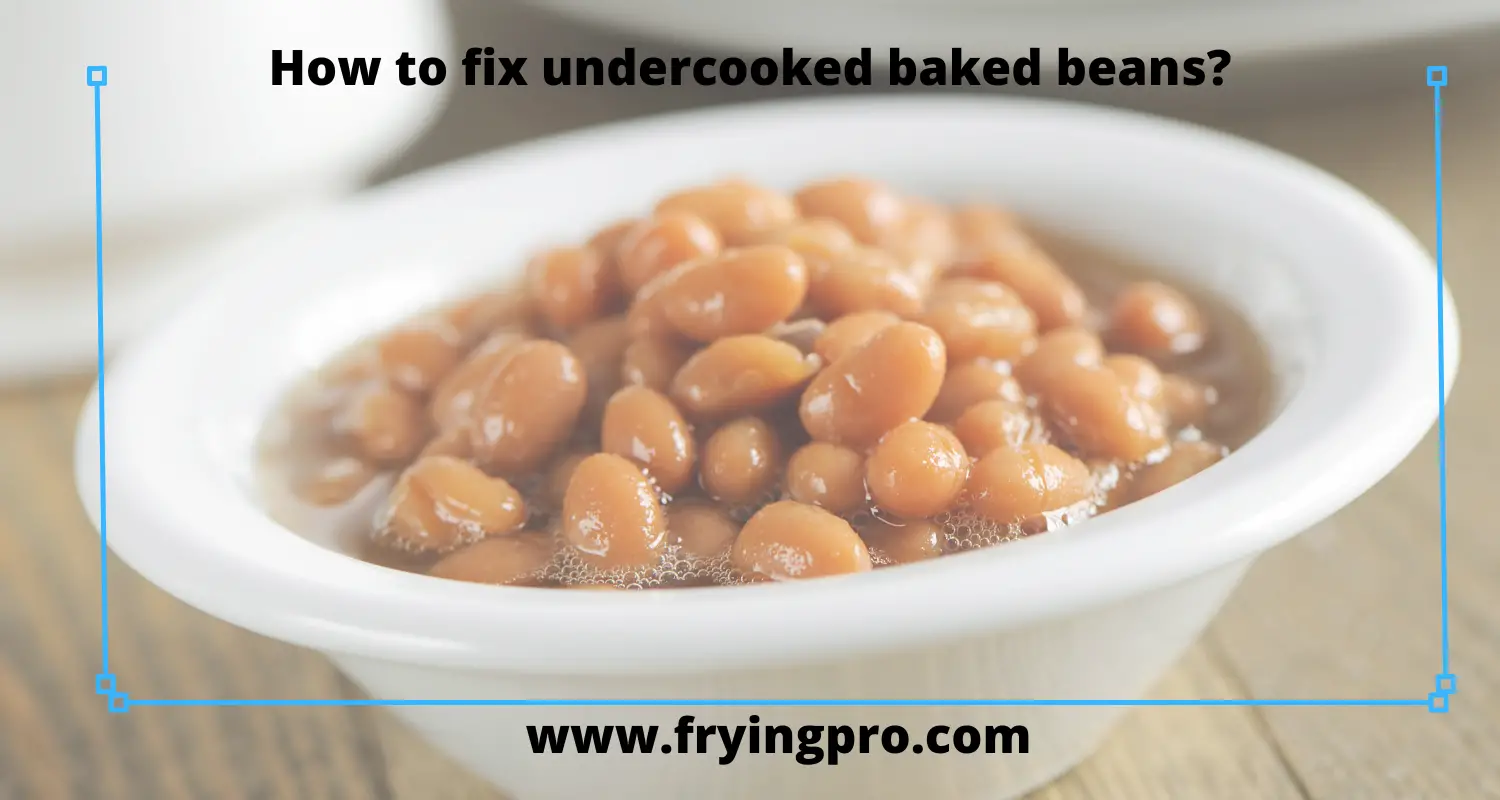Table of Contents
- Can you mix oils for frying?
- Type of Frying oils
- Composition of Frying oils
- Is mixing oils a bad thing?
- Things to know before mixing two oils
- What type of oils can be mixed?
- Mixing peanut and canola oil?
- Mixing olive oil and Vegetable oil
- Mixing grapeseed oil with other oils?
- Mixing coconut oil and other frying oils?
- Final Verdict
Can you mix oils for frying?
Surprisingly mixing two oils is not that uncommon. People in their kitchens mix oils frequently. It might be that you are running out of specific oil, and filling your fryer, you are tempted to add another oil instead of going out. What may be your reason? Yes, you can mix oils.
Although you can mix oils for frying, you need to be careful about a couple of things while doing so. First, be sure that both oils have the same or nearly the same high smoke points. Oils with similar high smoke points generally mix well. Second, be sure that you’re okay with the flavor of the mixed oils.
Many people, before mixing oils, wonder whether it is safe to do so. In this post, you’ll get lots of information on this situation, and many of your other concerns and questions will get clear.
Type of Frying oils
There are two kinds types of oils which you can fry with. Each one of them has its own properties,
- Vegetable Oil: It Has a high smoke point so it is perfect for deep frying. It Is tasteless or has very little flavor. It does not react with oxygen (so that it doesn’t create free radicals). It has a smoke point of about 450°C. This oil is perfect for deep frying because of its high smoke point. Vegetable oil Is produced from plants, the most common being Canola, Cottonseed or Soybean
- Canola Oil: It is very neutral in flavor, meaning it won’t affect the taste of what you are cooking. It has a high smoke point like Vegetable oil (So makes it suitable for high-temperature frying) Good source of Omega-3 fatty acids, even better than Flax Seed Oil. It is also very nutritious.
- Cottonseed Oil: It has a strong flavor, so it is not good for deep frying. Its Smoke point Is about 420° in Fahrenheit which makes It suitable for cooking at medium temperature, but not high temp. Another thing you should know about Cottonseed oil is that it doesn’t break down when exposed to oxygen. So if you are planning on saving the oil you used to fry with (so that you can reuse it) then cottonseed oils won’t be of much help.
- Flaxseed Oil: It offers more Omega-3 fatty acids than any other oil or food source out there. A lot of people use it because of its health benefits and positive effects on cholesterol levels. But all these omega-3’s come at a price. It has a low smoke point (only 225°F) and can be very expensive for cooking all your food.
- Butter: Butter is the most common one used in frying and it’s good, but it creates free radicals when exposed to oxygen because of its unsaturated fatty acids. This brings us back to vegetable oil which is less problematic than butter.
Composition of Frying oils
All vegetable oils are composed of two main components: triglycerides and fatty acids. Triglycerides (fatty acid chains) vary depending on the oils and their chemical structure, while free fatty acids are responsible for an oil’s taste.
Triglycerides determine how well your vegetable oil can conduct heat and smoke at high temperatures, which is what you really need for deep frying. The fatty acids determine the oil’s flavor, shelf life, and other important frying qualities.
For this reason, if you mix two types of vegetable oils, the resulting mixture will have a different taste than either original oil because its unique fatty acid components will affect the flavor.
Is mixing oils a bad thing?
Cooking oils are frequently mixed in various ways before they are prepared. In fact, the oils you use in your kitchen come after mixing many oils. Those mixed oils are exactly what makes your food taste great.
But, in fact, they are tested hundreds of times before and after the mixing procedure. These evaluations are used to examine chemical performance, flavor, smoking, melting point, and compatibility.
Things to know before mixing two oils
The most important thing to know while mixing two oils is the smoking point of the oils. The smoking point is the temperature at which oil starts to catch fire.
Keep in mind the one with the lowest smoke point when combining oils. If one type of oil has a 350F smoke point and another has a 400F smoke point, keep the cooking temperature below 350 degrees Fahrenheit to ensure proper combustion.
Make sure your oils never exceed 350 F, even if you combine them in a 1:1 ratio. Because what the lower oil comprises will still burn at 350 F, the temperature will not be an equal blend between the two oils.
This is only an example. Before combining all of your cooking oils’ smoking characteristics, make sure you understand them.
What type of oils can be mixed?
The only oils that may be combined are those with similar smoking points. Although you can combine some general oils in smaller amounts, we don’t recommend doing so without knowing anything about their smoking point, flavor, or chemical makeup.
As for vegetable oils, they are routinely manufactured by combining many types. Canola oil, safflower oil, sunflower oil, soya bean oil, and various other oils are all mixed.
Again, this does not imply you should combine a large quantity of oil on your own. It’s one thing to combine oils because you have a few teaspoons of each, and it’s another to combine a gallon of each.
Mixing peanut and canola oil?
Yes, both of these oils may be used to deep fry. However, keep in mind that peanut oil has its own distinct flavor, and if you use too much of it, your finished dish will have a fragrance.
Because peanut oil and canola oil have a similar smoking point (around 400 F), they’ll mix well as long as you’re fine with the taste.
Mixing oils for deep frying is a common procedure. When people run out of a particular type of oil, they frequently do this. It’s fine to combine peanut oil with vegetable oil only rarely, so long as you don’t overdo it.
However, we do not recommend doing so for large amounts of oil, especially if you have no experience with the qualities and temperature of oils. Also, while combining peanut oil with other oils, be sure no one allergic to peanuts will consume the final product.
Mixing olive oil and Vegetable oil
As long as the olive oil has a sufficiently high smoke point, you should be able to combine it with other oils such as vegetable and coconut oil. The majority of olive oils have a smoke point of at least 390° F, making them suitable for use in a deep fryer. Consider not adding extra olive oil since its smoking point is so high.
Mixing grapeseed oil with other oils?
Grapeseed oil has a low smoke point, at only 420° F, so you definitely will not want to use it alone. It’s also easy to overheat this oil easily and burn it if your flame is too hot or you are not paying attention for long enough.
But grapeseed oil is an ideal carrier oil for other oils. You can mix it with any other type of cooking oil and use it in a deep fryer without worrying about the food getting saturated in one particular flavor. The taste of grapeseed oil won’t alter the product too much, although you’ll still be able to detect some of its natural flavors and baking qualities.
Mixing coconut oil and other frying oils?
Coconut oil has a relatively low smoke point (350 degrees Fahrenheit), so it burns easily unless used carefully in an appliance such as a deep fryer. When you combine coconut oil with other oils, we recommend that you pay careful attention to what you’re doing and turn the heat down as low as possible.
If you need to use a large amount of oil, such as for cooking a meal for many people, it’s recommended that you mix coconut oil with another type of oil and try to make sure the flame is lower than usual.
You can even use a cooking device such as an oven instead of frying on top of your stove. For deep frying, we wouldn’t recommend mixing just coconut oil and peanut oil or two types that have similar smoking points – this can cause an unpleasant taste in your final product due to the flavors from both oils mixing.
If you use coconut cream as a deep frying agent instead of coconut oil (350 degrees Fahrenheit), the smoke point is even lower at 300 degrees Fahrenheit. You’ll need to monitor it very carefully or risk having some parts burn while other parts remain raw.
Final Verdict
So the final verdict is that, Yes, you can mix various oils for cooking purposes but firstly, watch out for the smoke point before frying and secondly, start with mixing small quantities. You should always prefer the healthiest oils for frying purposes.






